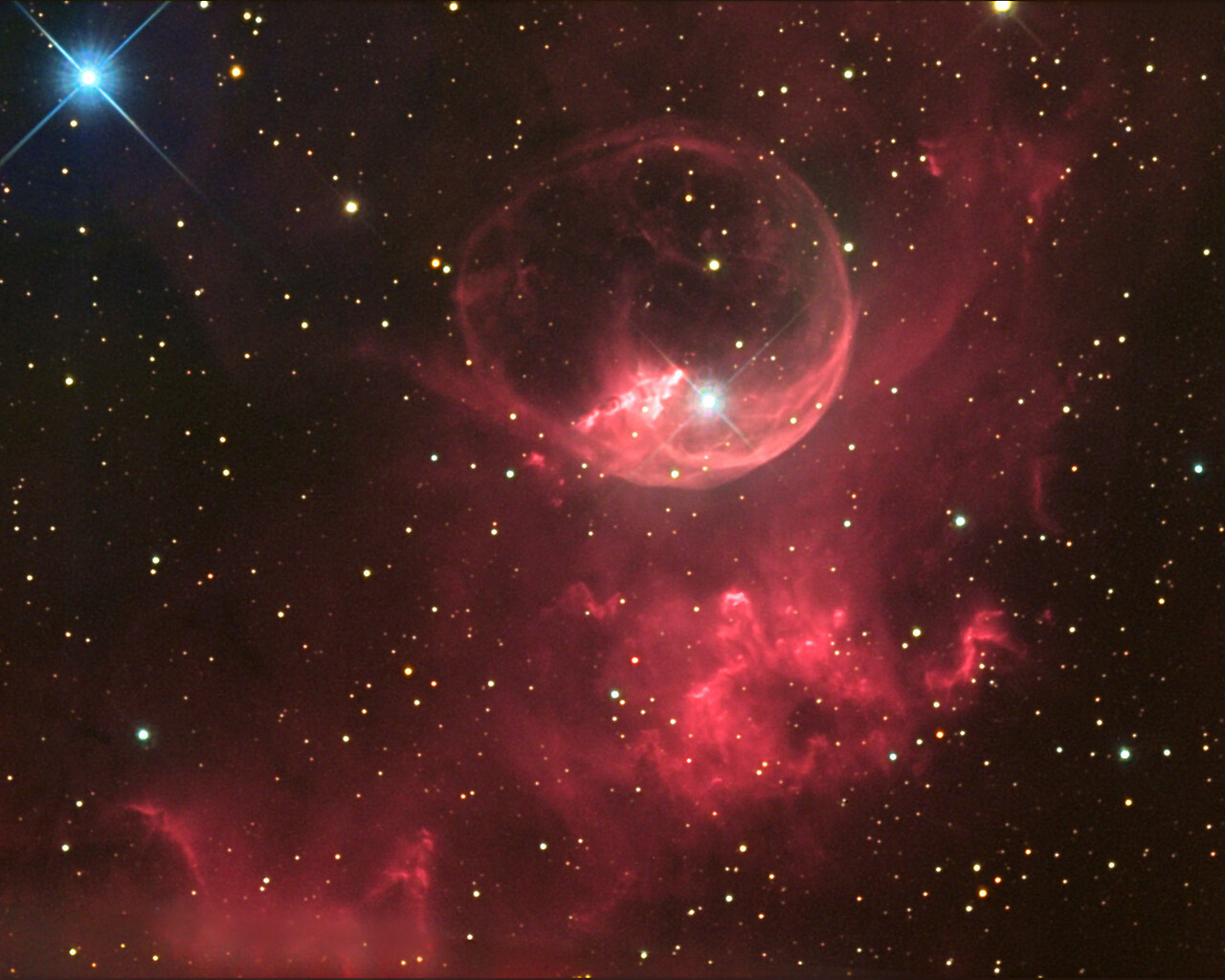Cassiopeia
Origin
Cassiopeia is a constellation in the northern sky and is circumpolar from mid-northern latitudes. Cassiopeia is visible lower in the sky for part of the year as you travel south and is not visible at all if you are below latitude 25 degrees south. Cassiopeia is easy to find as it is composed of relatively bright stars that form a distinctive W or M shape. In Greek mythology, Cassiopeia is the mother of Andromeda.
Bright Stars
The first brightest stars that make up Cassiopeia are formally denoted alpha, beta ,gamma,delta,and epsilon. alpha is known as Shedar, beta is called Caph, and delta is Rukbat.


 Photo of the constellation Cassiopeia produced by NOIRLab in collaboration with Eckhard Slawik, a German astrophotographer.
The annotations are from a standardized set of 88 western IAU constellations and stick figures from Sky & Telescope. Please find here a non-annotated version of the image.
Photo of the constellation Cassiopeia produced by NOIRLab in collaboration with Eckhard Slawik, a German astrophotographer.
The annotations are from a standardized set of 88 western IAU constellations and stick figures from Sky & Telescope. Please find here a non-annotated version of the image.
Credit: E. Slawik/NOIRLab/NSF/AURA/M. Zamani
Notable Objects
In 1572, a supernova was observed in Cassiopeia that was visible to the naked eye, one of only eight supernovae in history with that distinction. This object is commonly called Tycho’s Supernova thanks to Tycho Brahe’s extensive observations.
Cassiopeia is located in a rich section of the winter Milky Way and contains a variety of star clusters and nebulae. Cassiopeia is home to two Messier objects, Messier 52 and Messier 103, both open clusters. Messier 52 is the richer of the two clusters with over 100 stars. Another pleasing open cluster is NGC 457, sometimes called the Dragonfly, Owl or ET cluster.
























